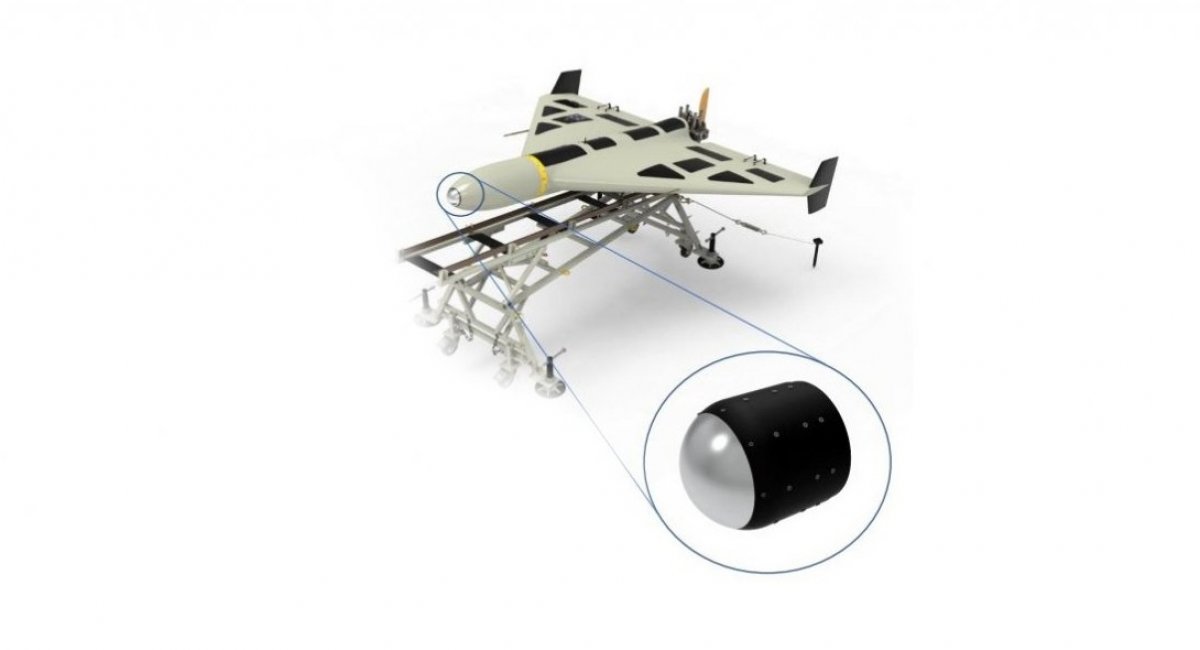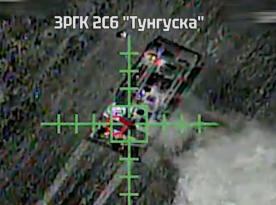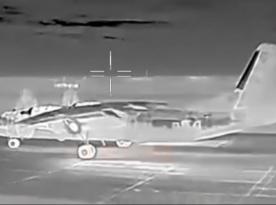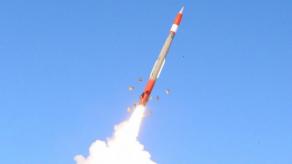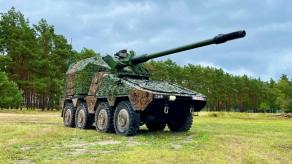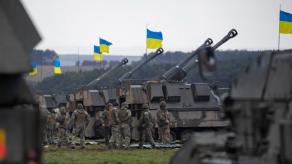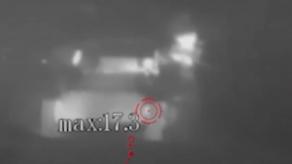Today's destruction of a storage facility housing assembly parts for the production of 400 Shahed-136 drones, according to the Defense Intelligence of Ukraine, was a massive success. The specific cause of the fire that engulfed the warehouse, remains unknown.
And yet, there is one alarming detail in DIU's report: the presence of thermal imaging cameras destined to be integrated into Shahed drones at the workshops of Alabuga special industrial zone in russia. The problem is, Shahed drones usually have no cameras.
Read more: Fire Destroys Drone Component Warehouse in russia’s Alabuga Economic Zone (Video)
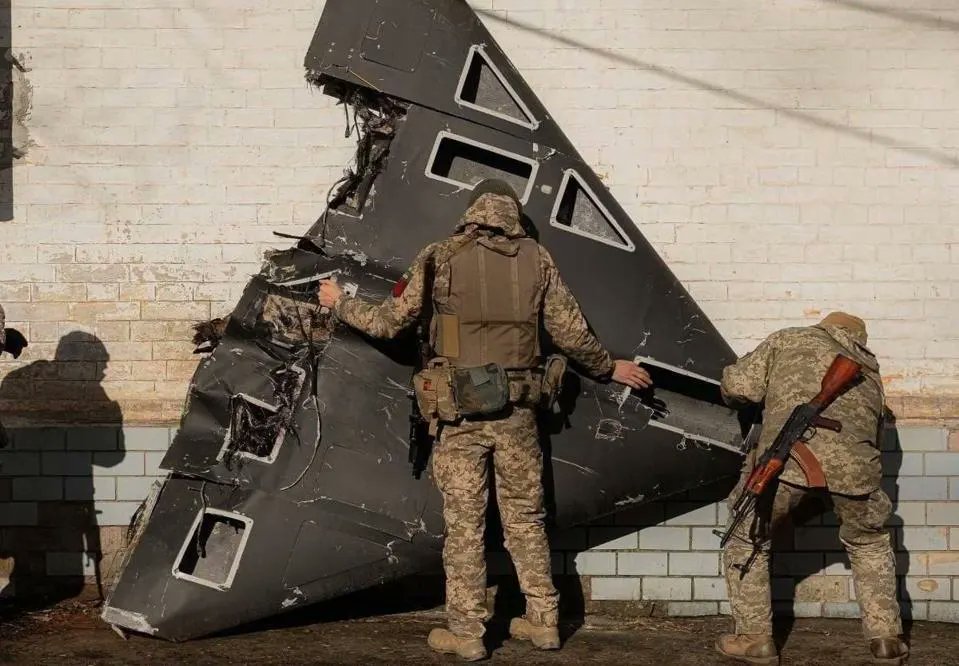
Although there were sporadic attempts to create Shaheds communicating with the pilot via video link back in March 2024, the overwhelming majority of drones used for attacks on Ukraine were blind. Upon launch, they simply followed a pre-programmed route while receiving real-time data on their location thanks to autonomous guidance systems.
In January 2024, however, leaked russian secret documents revealed a project aiming to introduce a Shahed variant provisionally named MS 236. Its main feature was an electro-optical homing head. A model of this product was unveiled on September 19th, during the visit of russian self-elected president Putin to the Special Technology Center LLC in St. Petersburg.
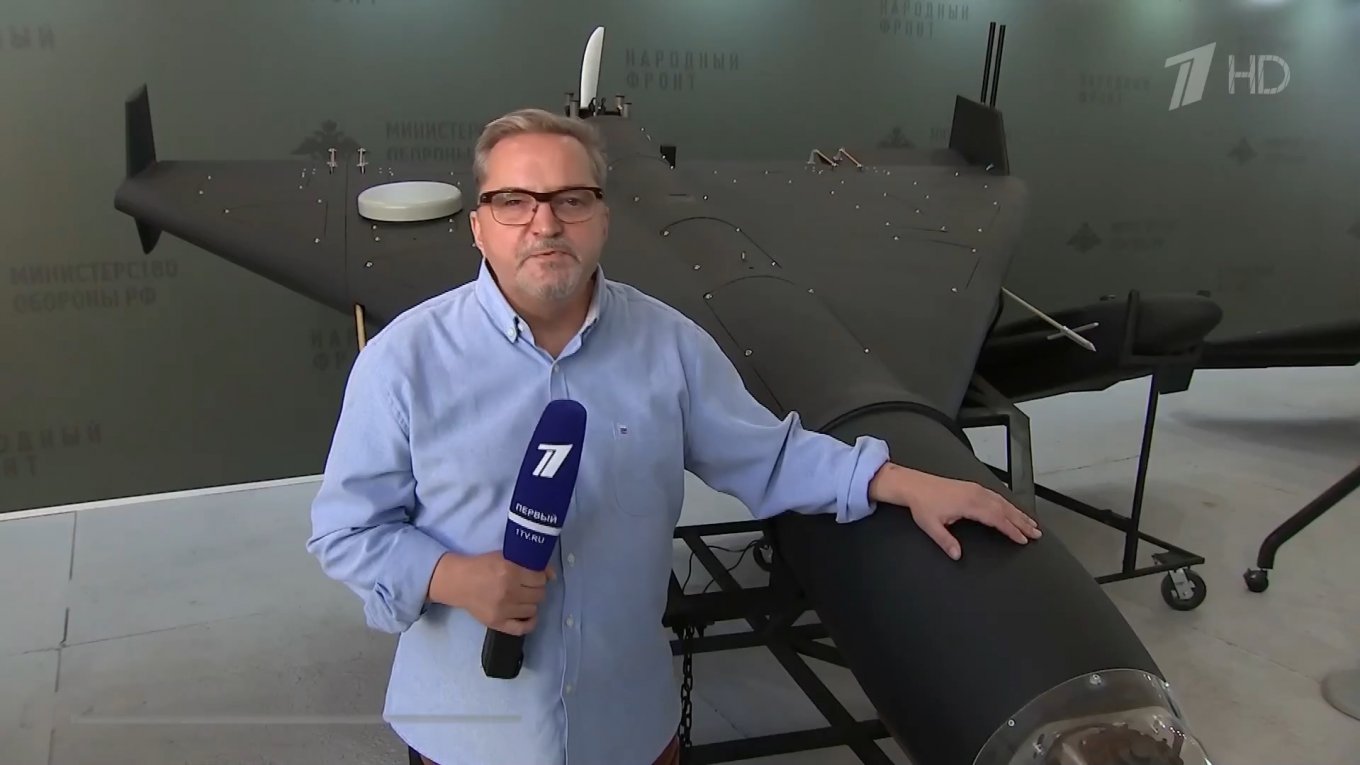
Homing head could give Shahed a significant power-up and more versatility because on top of the ordinary strikes on a spot according to its predetermined coordinates, the drone would receive an extra terminal guidance system to steer its way toward the target. The same goes for heat cameras destroyed in the warehouse, although making a use of them would require a stable and EW-resistant connection with the operator.
In the case of russians trying to revamp Shahed for tactical strikes on frontline targets, they could realize that by using radio communication. But deeper strikes on Ukrainian infrastructure far beyond the line of contact would necessitate either 4G cellular network modems or Starlink satellite connection terminals. One such drone with satellite communication equipment was shot down in Ukraine September 2024.
Also, if Shahed drones were able to transmit video signals, it would potentially solve the problem of spoofing and satcom jamming that Ukrainians deploy as a countermeasure to the blind killer drones. Through monitoring the drone's surroundings mid-flight, the operator would notice that nearby terrain differs from the reference and thus recognize spoofing at work.
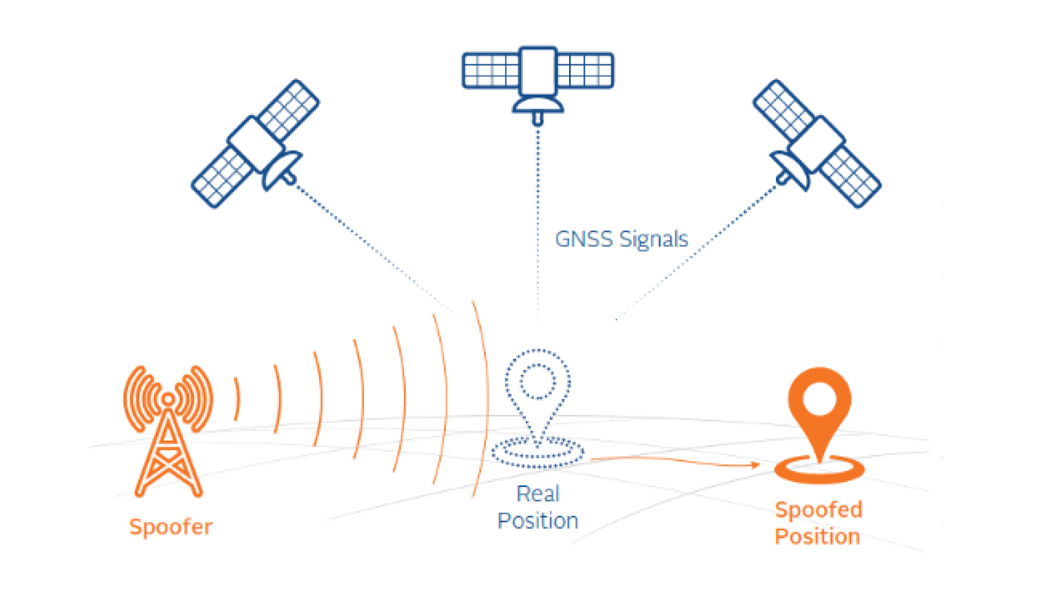
Theoretically, there are two more applications to thermal imaging cameras: for automatic navigation, detection, and identification of targets based on the so-called machine vision technology, based on artificial intelligence. This would increase the accuracy without the operator's involvement.
The other option is to integrate a system for countering Ukrainian anti-aircraft FPV drones. The russians have already tested at least several systems using cameras for this purpose on their reconnaissance UAVs.
Whichever the intent is, the definite answers will come out as soon as russians try using those Shaheds equipped with heat cameras in combat which might have just been delayed by the Ukrainian military operation in Alabuga.
Read more: Anti-Drone Sfera: russians Created a Massive EW System to Shield Entire Cities



